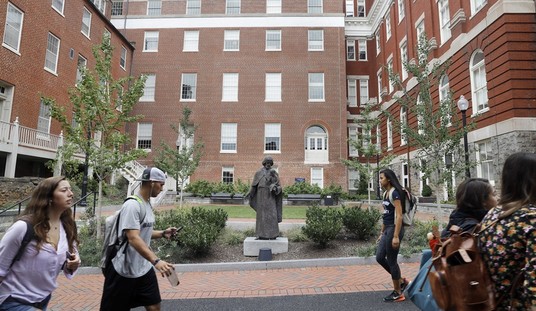January 27, 2013: What Near-Death Experiences Tell Us
Among the nine lines of evidence that Long reviews: People who were blind from birth experience clear vision during NDEs and accurately report things they saw, usually in the operating room but sometimes even outside of it. NDEs sometimes occur during general anesthesia “when no form of consciousness should be taking place.” Virtually all people encountered during NDEs are deceased, usually relatives; skeptics who insist NDEs are a dream or hallucination-like event cannot explain why, unlike in dreams or hallucinations, that should be the case. NDEs often change people’s lives permanently, leading to enhanced spirituality or religiosity; in Long’s survey, 95 percent said subsequent to their NDEs that they were “definitely real” and 5 percent “probably real.”
And NDEs show remarkably similar features all over the world, transcending religious and cultural backgrounds. One of those constantly reported features is the encounter with the deity. Strongly religious people usually perceive the deity (and sometimes other mythological beings) in terms of their own religion; but people of little or no religion also have the encounter and speak more generally of a “being of light.”
Most dramatically of all, the phrase “unconditional love” occurs repeatedly in these descriptions. The deity is reported to be what we would call nonjudgmental; entirely accepting; and a source of overwhelming love. Yes, the news is rather good.
June 23, 2013: Near-Death Experiences: Two Books Provide More Compelling Evidence
A Russian NDEr named Victor reported: “The light was extraordinary. In it were love and peace. I was completely enveloped by love and I felt totally secure.” Miller notes that “the descriptions of [the light’s] personality and abilities and effects are remarkably similar.” Moody called the encounter “the most incredible common element” of NDEs and affirmed that “not one person has expressed any doubt whatsoever that it was a being, a being of light.”
The being of light is always singular; there is only one, never multiple beings. Van Lommel wrote: “This encounter is always accompanied by an overwhelming sense of unconditional love and acceptance.” The light knows and cares about the NDEr’s whole life and personal choices, and is always experienced as just, not capricious or errant.
February 16, 2014: Near-Death Experiences—A New Take on Life, Part 1: Sam Parnia Explains Where the Field Is Leading
To all that must be added the numerous reports of people in NDEs accurately recalling specific conversations and events that occurred—in and sometimes out of their operating rooms—while they had no brain function. Parnia recounts one case where a new doctor, dealing with a patient in a prolonged cardiac arrest, ate the patient’s lunch. After recovery, the patient described to the doctor a detailed NDE, and finished with: “And you ate my lunch!”
No, the skeptics may not like it, but doctors and their staff are hearing more and more accounts from revived patients like this one, told by a patient to a nurse in Parnia’s AWARE study:
His journey commenced by travelling through a tunnel towards a very strong light, which didn’t dazzle him or hurt his eyes. Interestingly, he said that there were other people in the tunnel, whom he did not recognize. When he emerged he described a very beautiful crystal city and I quote “I have seen nothing more beautiful.” He said there was a river that ran through. There were many people, without faces, who were washing in the waters….
What’s going on? Some scientists are suggesting, Parnia notes, that “human consciousness or the soul may in fact be an irreducible scientific entity in its own right, similar to many of the concepts in physics, such as mass and gravity, which are also irreducible entities.” If so, then consciousness is not just an epiphenomenon of the brain; it has an independent existence and could survive death. The exhaustive, multiauthored book Irreducible Mind, well-known in the field of mind-brain studies, argues just such positions based on abundant evidence.
***
image illustrations courtesy shutterstock / Bruce Rolff /











Join the conversation as a VIP Member